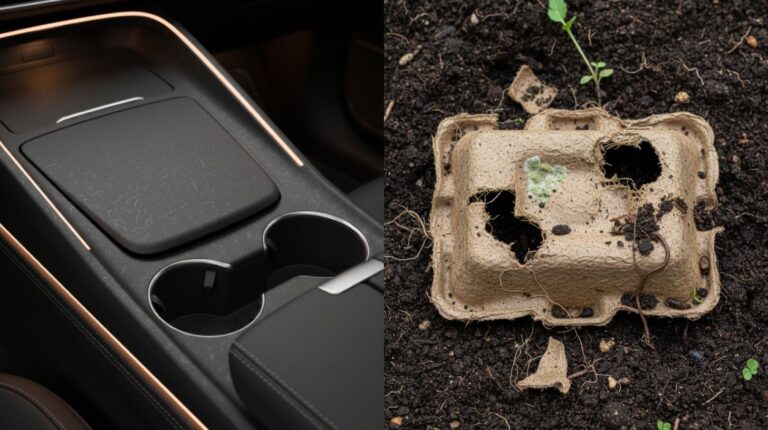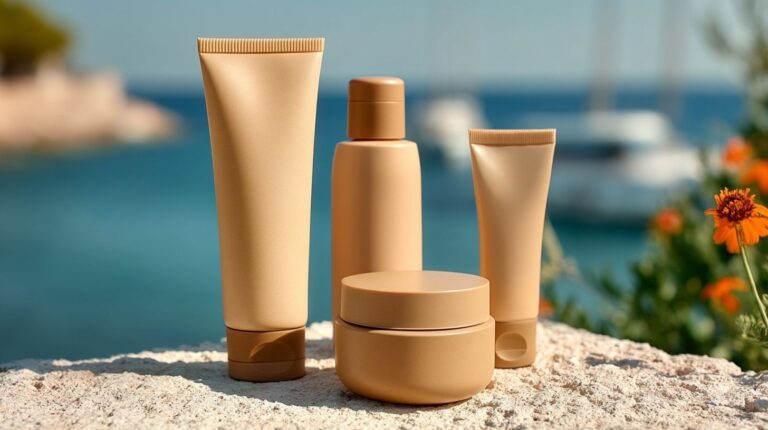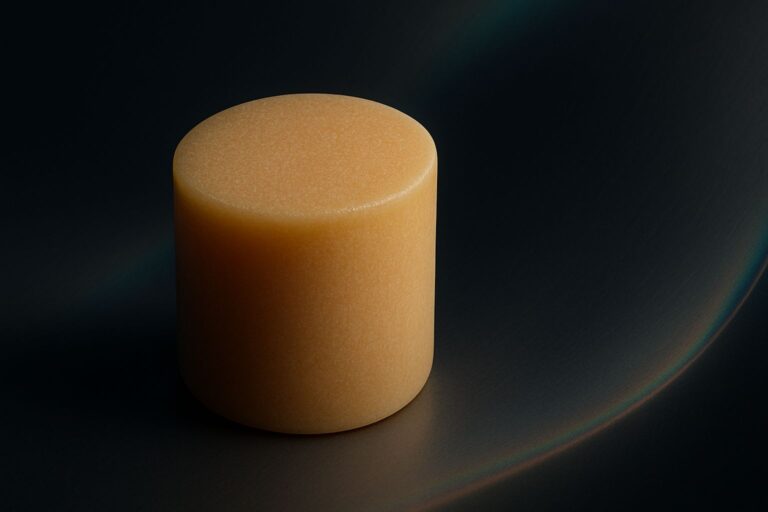
The term “circular economy” is gaining momentum, but creating truly circular products requires a deliberate strategy. It is not enough for a material to be “sustainable”; it must be designed for a specific, responsible end-of-life pathway. The two primary pathways in a circular economy are the Biological Cycle and the Technical Cycle.
Understanding the difference is key to selecting a material that not only reduces initial impact but also completes its journey without creating new problems
The Biological Cycle: Returning to Nature
The biological cycle is designed for materials that can safely return to the biosphere. These are products, often with shorter lifespans or those that come into contact with food, which can be broken down by microorganisms into valuable nutrients for the soil. Think of it as nature’s own recycling program.
At Biomera, our certified compostable materials (V1, V2, and the upcoming V3) are engineered specifically for this cycle.
How it works: After use, products like compostable food packaging or cutlery are sent to industrial or home composting facilities. There, they biodegrade into soil, water, and biomass (humus), enriching the earth and enabling new plant growth.
The Goal: To eliminate waste entirely, avoid microplastic pollution, and regenerate natural systems.
The Technical Cycle: Keeping Resources in Use
The technical cycle is for durable products designed to last for years, or even decades. The goal here is not to biodegrade, but to maintain the product’s integrity and value for as long as possible, keeping the materials in use and out of landfills. This is where concepts like reuse, repair, remanufacturing, and high-quality recycling fit.
This cycle is also crucial for long-term carbon storage. When a durable product is made with carbon-negative materials, it acts as a stable carbon sink, locking away CO₂ for its entire functional life.
Biomera’s carbon-negative masterbatches are perfect for the technical cycle.
How it works: Our masterbatches are integrated into long-life products like automotive components, electronics casings, or building materials. The biomass-derived carbon is securely locked within the polymer matrix, contributing to the product’s durability while providing a measurable decarbonization benefit.
The Goal: To maximize resource efficiency, extend product lifespans, and create long-term carbon sinks
Choosing the Right Pathway for Your Product
The choice between the biological and technical cycle is a strategic design decision.
Choose the Biological Cycle for single-use items, food-contact packaging, and products where contamination makes traditional recycling impractical.
Choose the Technical Cycle for durable goods where longevity is a key feature and biodegradability is not desired.
By offering solutions for both cycles, Biomera provides the flexibility to create truly circular products, no matter the application.

